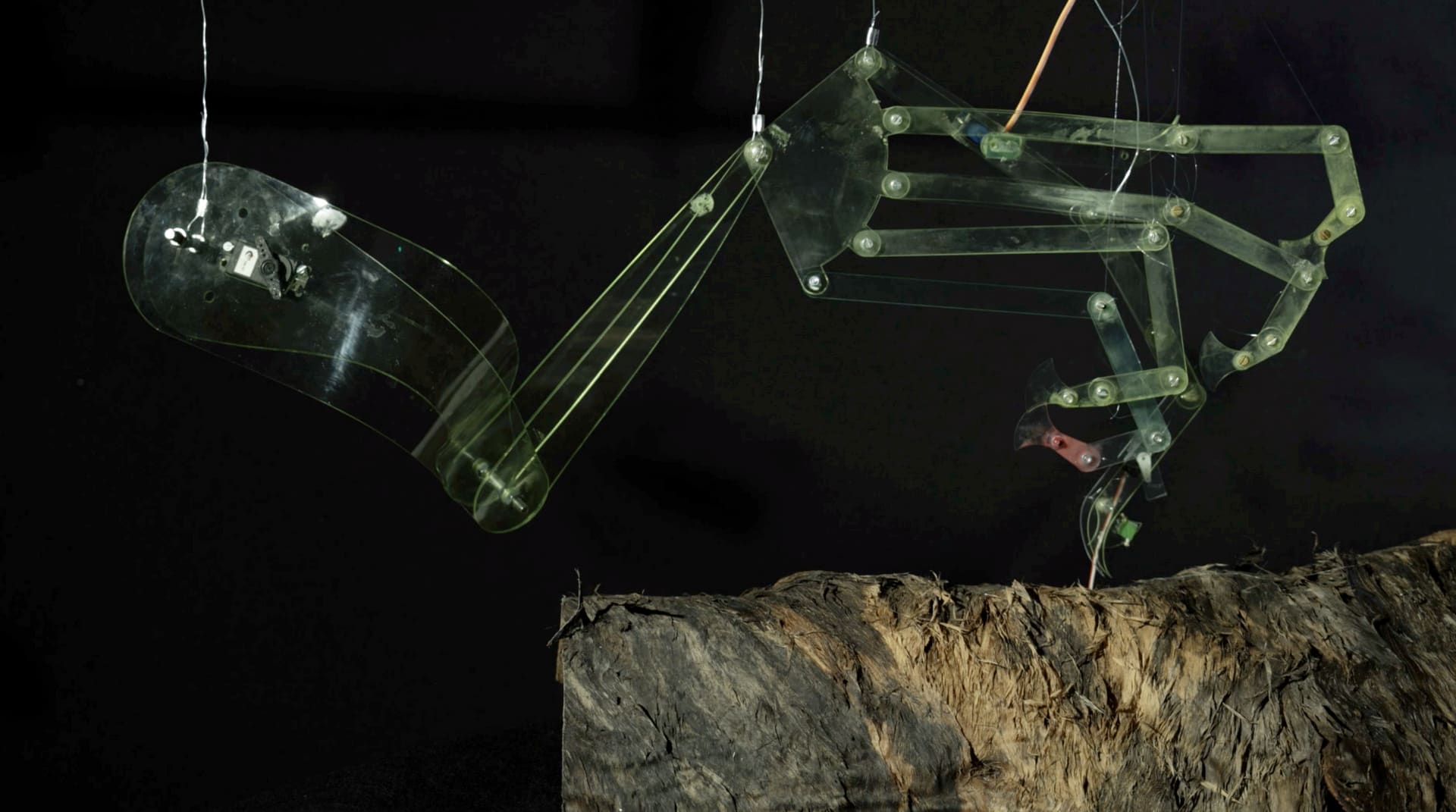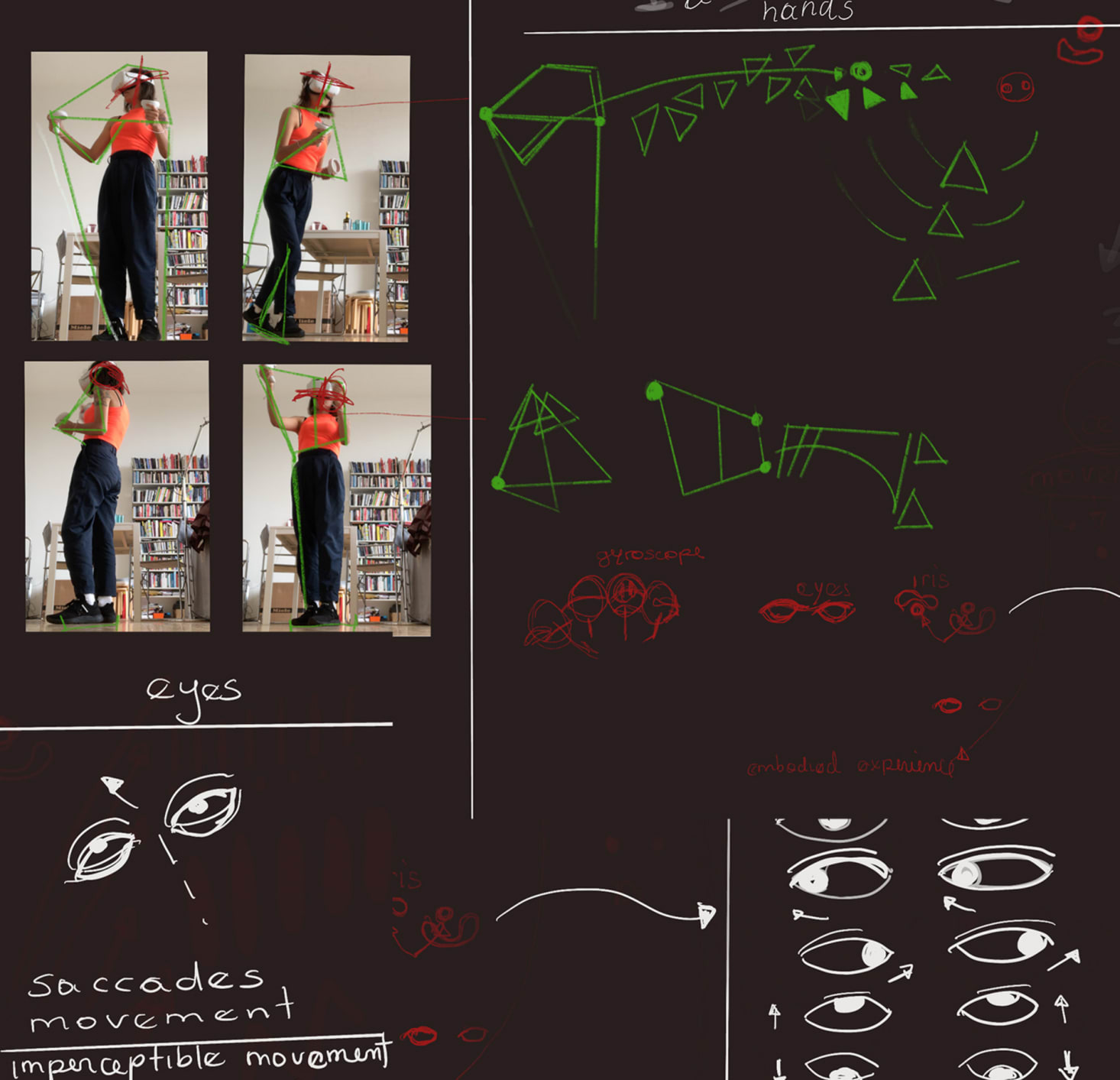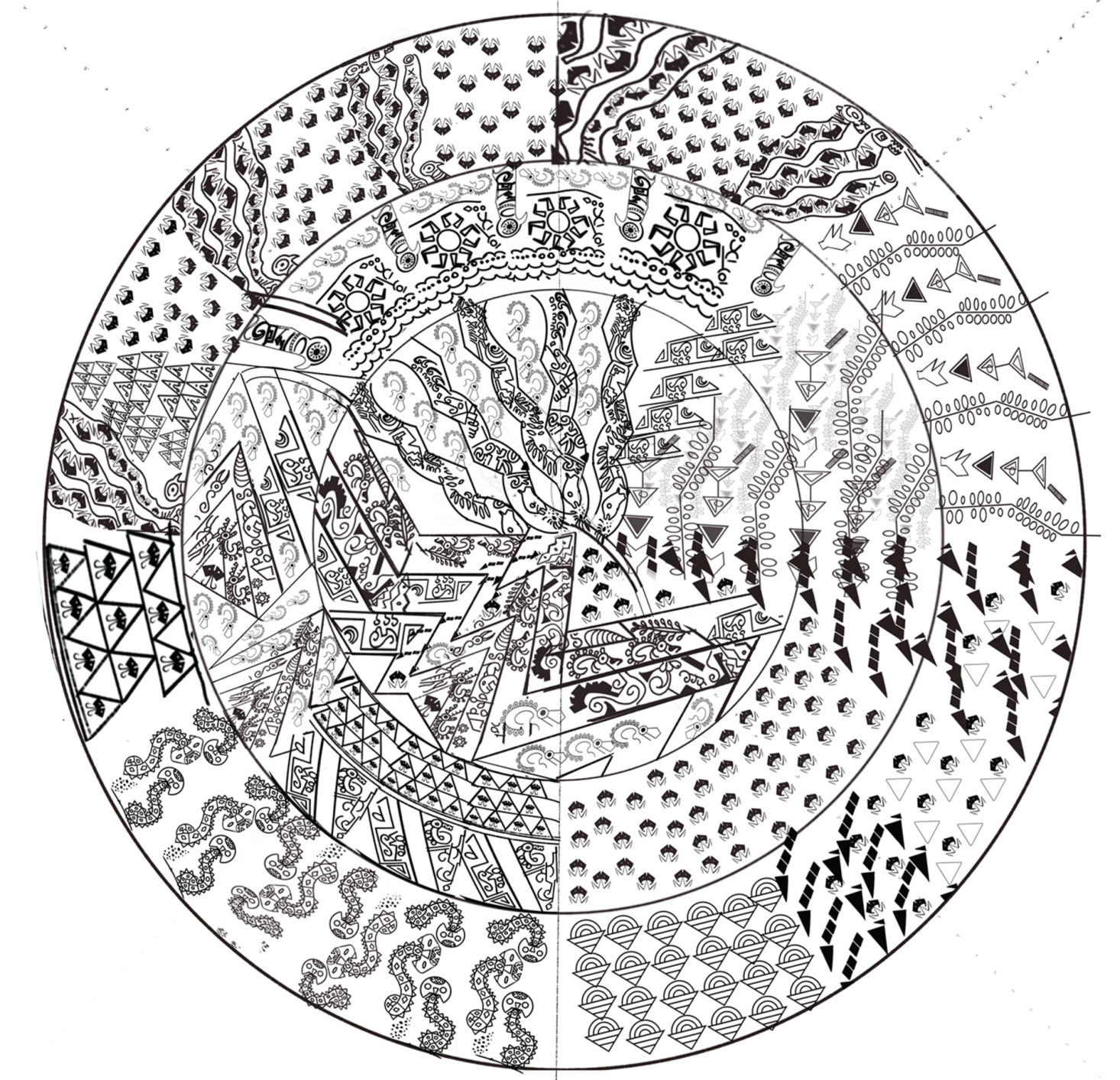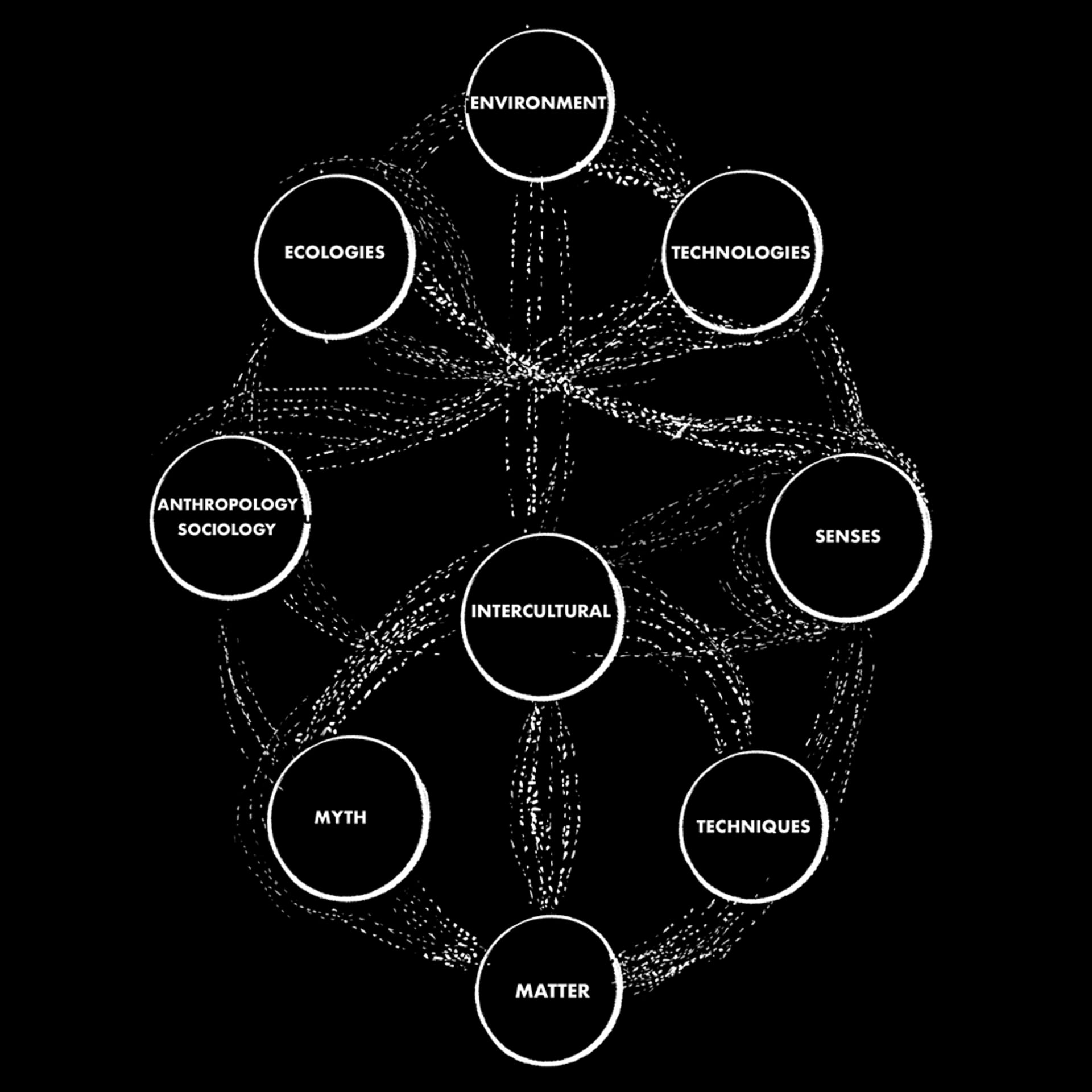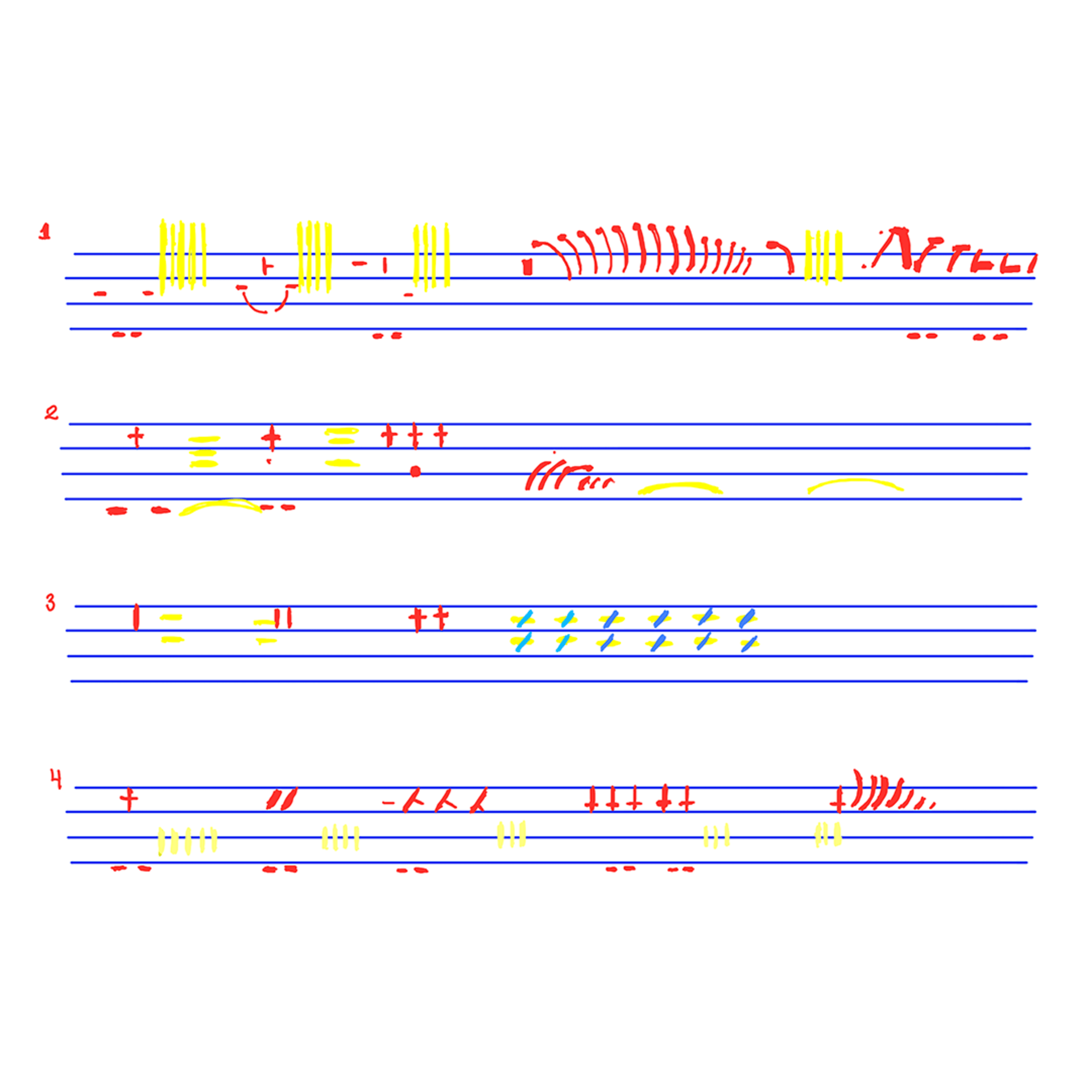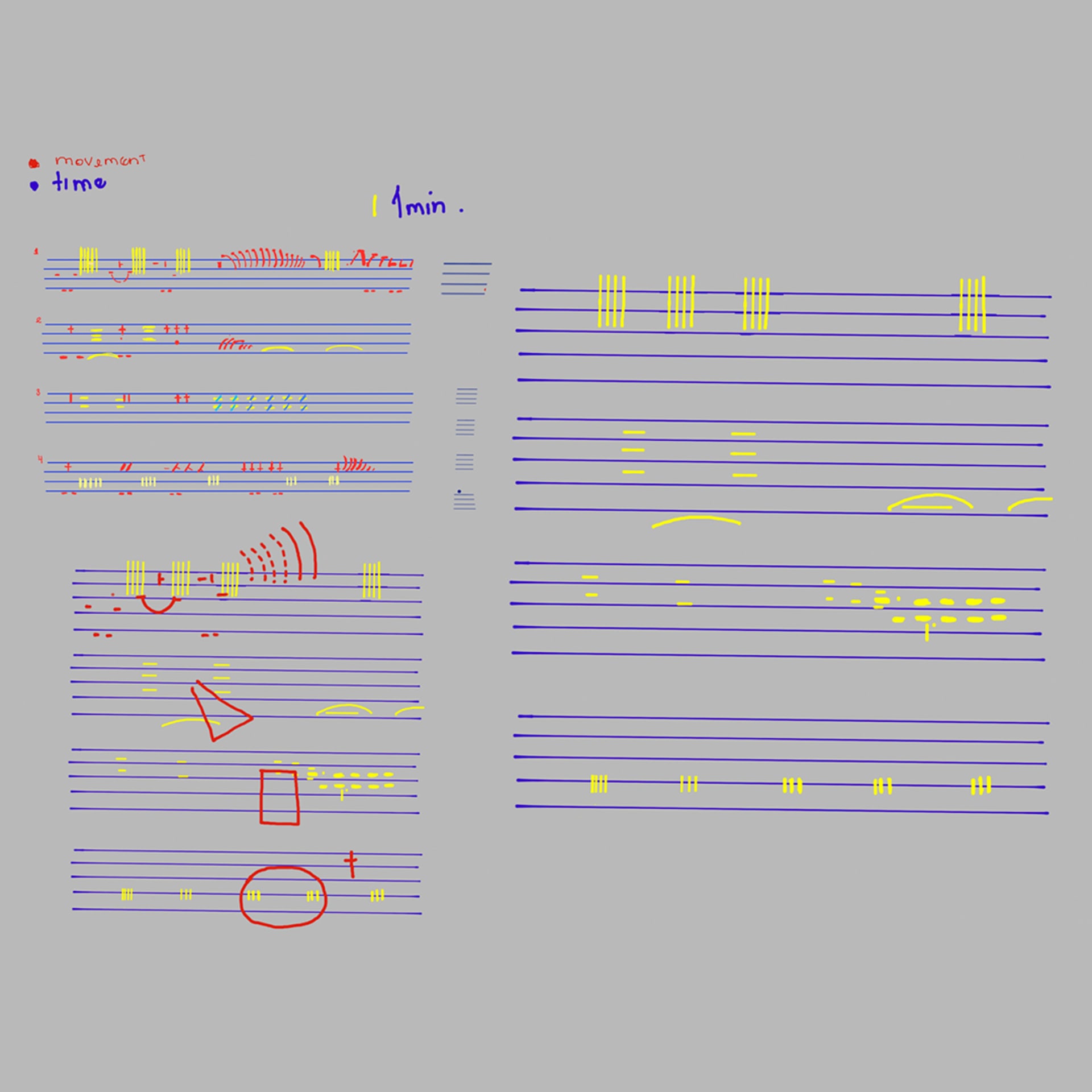Carolina Estrada is an artist and researcher who studies matter as culture. An example of such research is how a sensory interface connects people to technology and myths. She reflects on the relationship between technology, culture, and nature to challenge and expand our understanding of ecological systems. Her work crosses a wide range of disciplines, drawing on the humanities, sensory studies, and indigenous knowledge.
She worked for two years with traditional artists who are also politically engaged indigenous community leaders, convinced that indigenous knowledge can help us face persistent global and social problems. She experimented using backstrap weaving (a Peruvian textile technique) and handlooms. Currently, she is expanding her research, seeking the tactile effect as a powerful sensory medium to scale it up using different techniques.
She studied visual art and social communication.
In 2021, she participated in the exhibition "Pallay Pampa: Andean Crossroads "at IFA gallery Berlin (Internationale Funkausstellung), Gallery Berlin, Germany. In 2019, she participated as a speaker at "Making Futures VI: People, Place, Meaning: Crafting Social Worlds & Social Making” organized by the British Council Plymouth College of Art, Plymouth, Devon, UK. In the same year, she exposed at the 3rd Hangzhou Triennial of Fiber Art, "Boundless Encounters", Hangzhou, China.
- BFA, Painting. National School of Fine Arts, Lima, Peru
- Bachelor in Social Communication, specialised in Audiovisual, National University of San Marcos, Humanities Faculty, Peru
Awards
- British Council Grant to participate at "Making Futures VI: People, Place, Meaning: Crafting Social Worlds & Social Making", Plymouth College of Art, Devon, UK.
- Award of Distinction. Passport for an artist XXI, Embassy of France in Peru.
